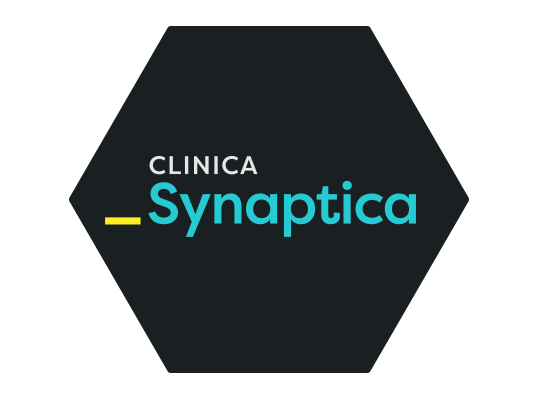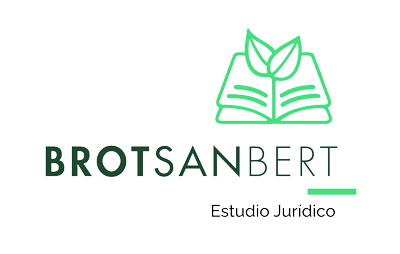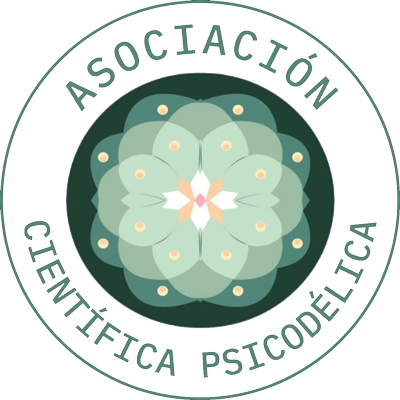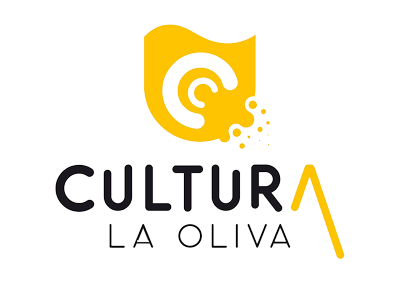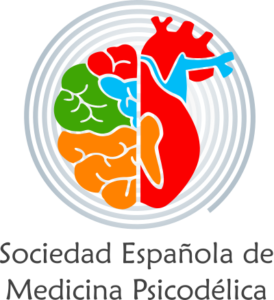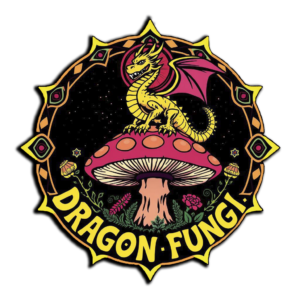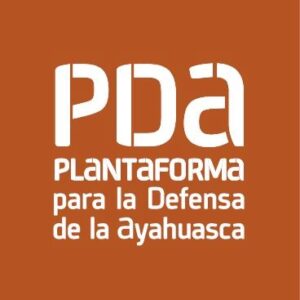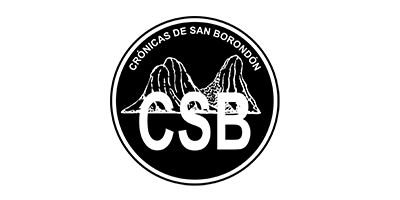Psychologist, psychonaut and teacher, Iker Puente will also participate in Fuertedélica, the Psychedelic Conference of Fuerteventura.
Around 500 therapists and scientists work in Spain in the field of psychedelics applied to mental health, most of them underground, according to Iker Puente‘s estimates. Iker knows this well, as many of them have trained at the Integrative Transpersonal Institute that he founded six years ago, in 2018.
How many therapists do you estimate are working with psychedelics right now in Spain?
It’s estimated that in Germany there are more than 1,000 therapists working with psychedelics, according to a calculation from three years ago. This figure might be between 200 and 500 in Spain, although it’s difficult to know because most people do it underground. If we add the official research in clinics and hospitals, and the few existing ketamine clinics, they might add up to between 100 and 200 more people.
Can we say that psychedelic practice is taking hold in mental health treatment in Spain?
Clearly. To put the number in context, right now in the United States there must be around a thousand ketamine psychotherapy clinics. This started as something very occasional 5 to 7 years ago, and it’s growing at great speed. Before the pandemic, there were barely a hundred in the whole country. It has been exponential.
Tabla de Contenido
ToggleLegal psylocibin in US
What will be next, after the approval of ketamine and the recent rejection of MDMA by the FDA as a medication?
Psilocybin is expected to be legalized as a drug in the United States in two to three years. We’ll have to see what happens now with MDMA, but the most recent development in terms of mainstream integration is the work of several organizations in the United States to get insurers to offer ketamine-assisted psychotherapy to their workers. There are at least three projects of this nature, and Brian Richards is involved in one of them. He was just at the seminar we organized last month in Barcelona, and he envisioned that within five to ten years, many insurers in the United States will offer it as another alternative, as happened with medical marijuana. First will be ketamine, and later psilocybin and MDMA. In 15 years, we’ll see it as very natural for a company to offer you these types of treatments when you’re on sick leave.
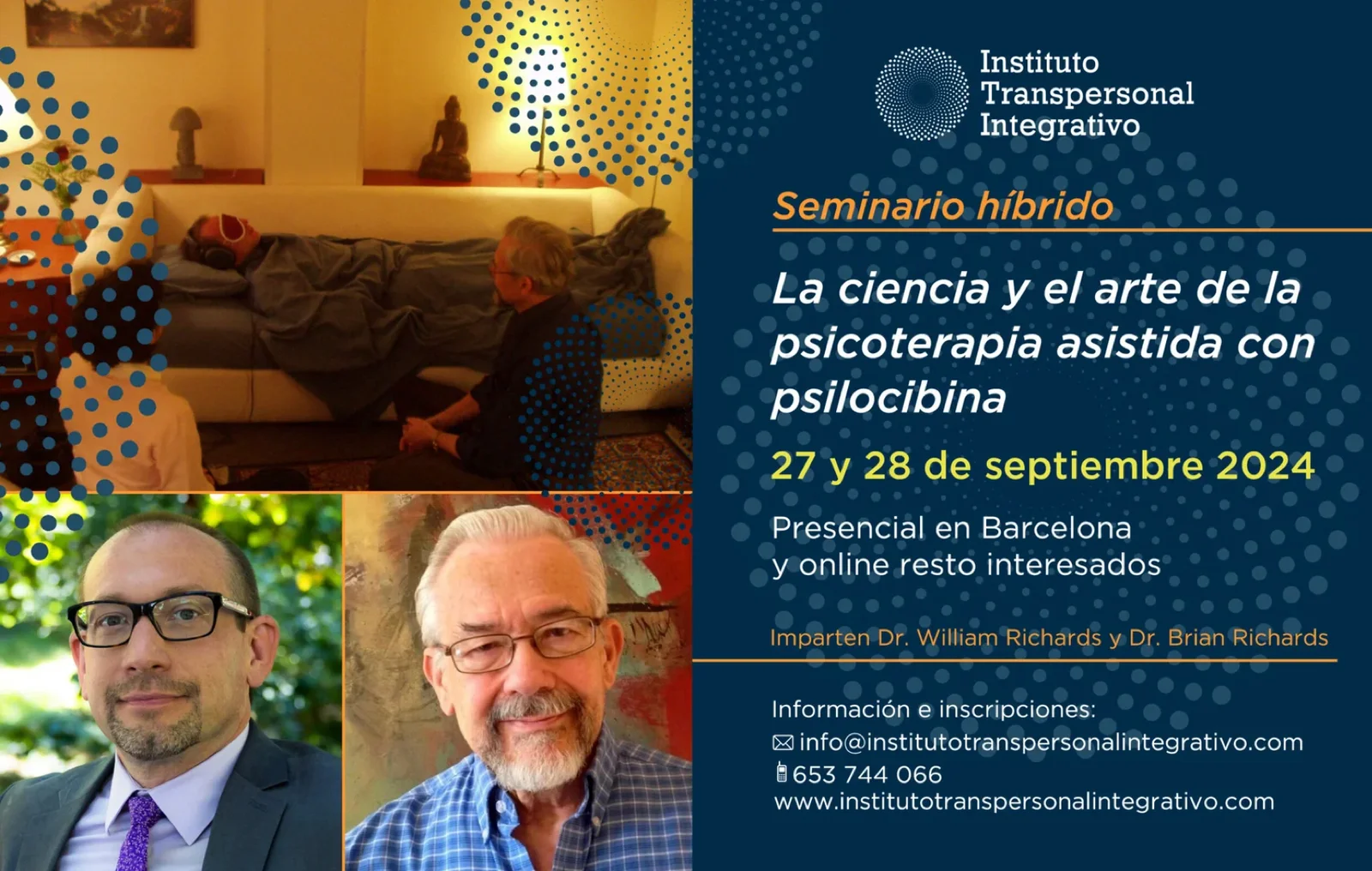
And when will this happen in Spain?
These are conversations that might seem very distant here, but they will happen. Here it will be integrated into Social Security, as esketamine already is for depression. In fact, many things are being done in official organizations, hospitals, and by psychiatrists, but they don’t talk about it because there are still many who consider it to be associated with bad company, due to all the recreational use that might still exist with these substances. The taboo and stigma still persist around substances that actually started as medications and then had this recreational use, but as they say, “politeness doesn’t detract from bravery.”
Recreational vs therapeutic use
Where does recreational use end and therapeutic use begin?
In fact, Bill Richards presented studies they did with psilocybin at medium and high doses in individuals without pathologies to investigate the topic of mystical experience, and they found that high doses of psilocybin indeed induced these types of peak experiences, and had a reduction in symptoms, an increase in well-being, an increase in quality of life, and these changes were maintained over time, sometimes even 14 months after the experience.
If we look at other cultures, there’s practically no clear distinction between recreational and therapeutic use. It might be the case with iboga rituals. They’re a celebration in which the whole village participates, but at the same time, some people use it as an initiation rite. I think we should open our minds or perspective a bit, but perhaps it’s a bit early to open that debate at a time when we’re trying to shore up and solidify the process of integrating all this into medical and psychotherapeutic practice.
Among underground therapists in Spain, is there fear that possible regulation will leave them out, and that in the end only psychiatrists and psychologists will be authorized to provide these types of remedies?
I don’t think that will happen. The fact that there are physiotherapists doesn’t prevent there being masseurs from a thousand different approaches, and there isn’t persecution of this phenomenon in Spain either. Reality is showing us that both MAPS and research groups in the United States are multidisciplinary teams, and for example, MAPS had managed to negotiate with the FDA that the companions during MDMA sessions could be not only medical psychiatrists, psychologists, and psychotherapists, but also nurses, social workers, and a series of profiles that even included traditional Chinese medicine practitioners.
Ketamine clinics
In ketamine clinics, meanwhile, there are mindfulness teachers who do the preparation, anthropologists, therapists who aren’t psychologists but who have trained as psychotherapists or therapists. Even in some clinics in the Iberian Peninsula, they’ve managed to include people who don’t have these marked profiles like psychiatrist, doctor, or psychologist. Finally, these spaces will incorporate people who have the capacity to know how to accompany.
As for ceremonies, I believe that the objectives pursued by people who participate in them are different, and there shouldn’t be any reason why both things couldn’t coexist.
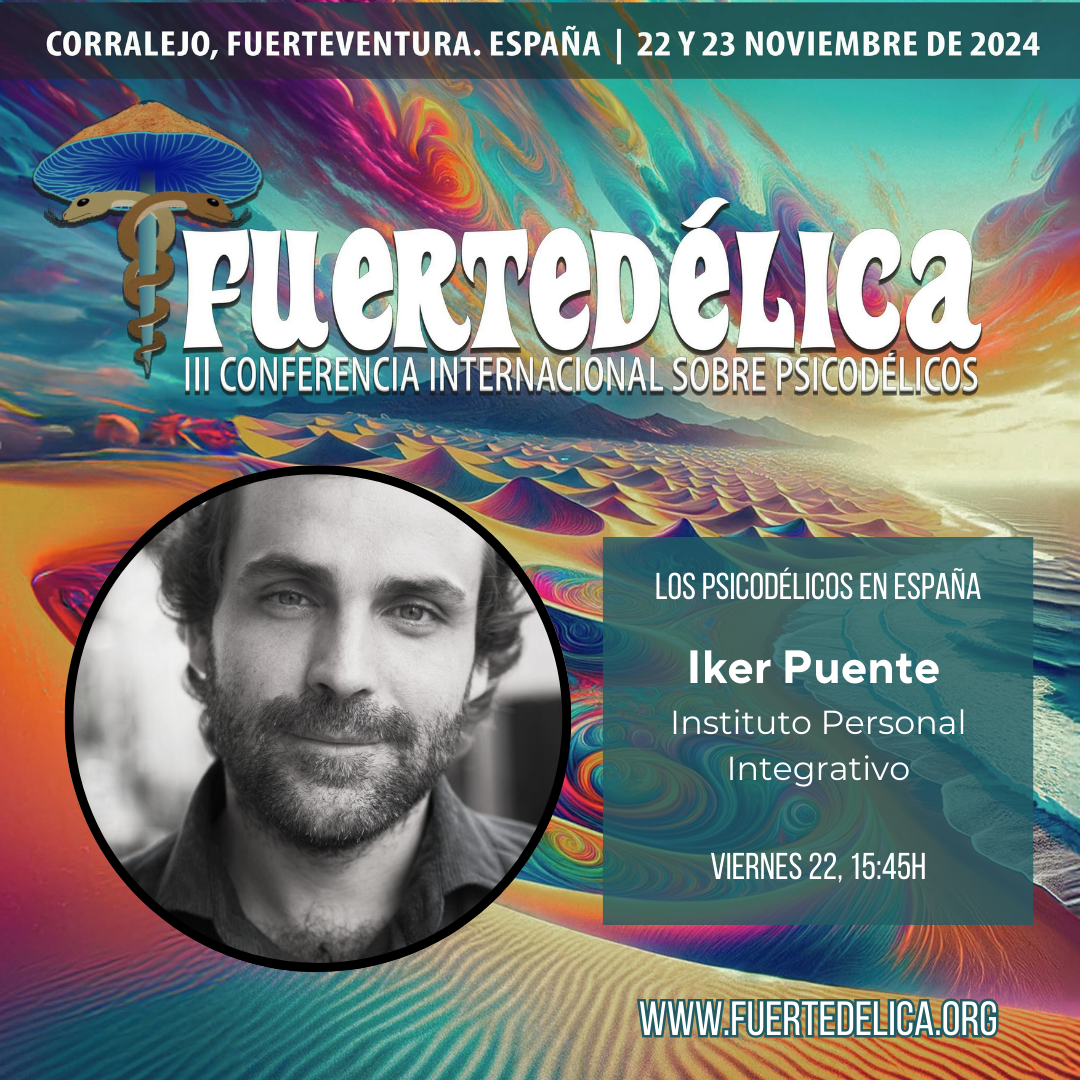
Iker Puente will be part of Fuertedélica’s round table discussion ‘Psychedelics in Spain’ taking place on Friday, November 22.


